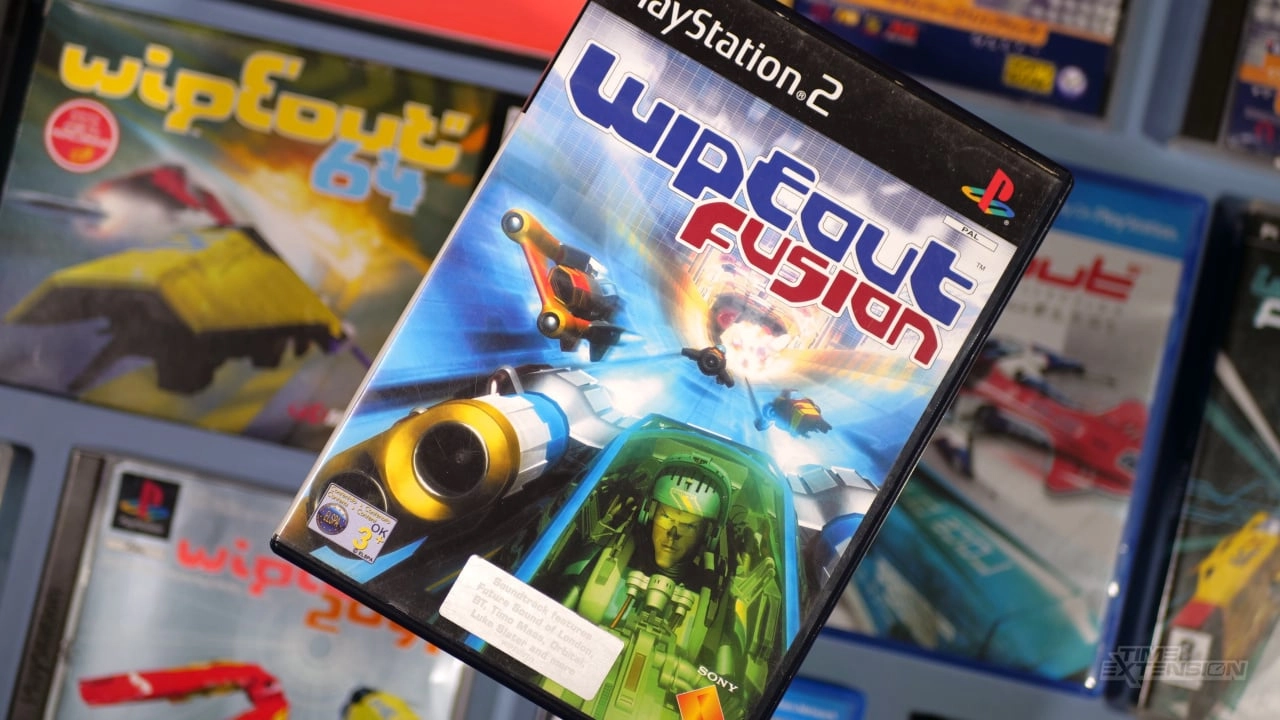
The relationship between a video game and its designers can often be a dynamic yet delicate dance, where creativity meets corporate vision. It's a collaboration that can produce dazzling results, as was the case with the iconic WipEout series and its design partner, The Designers Republic. The Sheffield-based design agency, led by founders Ian Anderson and Nick Phillips, was instrumental in creating a futuristic aesthetic for the WipEout games that helped define the visual realm of the 32-bit era.
The WipEout series, known for its fast-paced racing and sleek, forward-thinking visual identity, became synonymous with The Designers Republic. However, after the completion of the first three games—WipEout, WipEout 2097, and WipEout 3—the design agency did not continue its involvement with the subsequent titles. This departure led to various speculations and rumors.
Addressing the separation, Ian Anderson of The Designers Republic shared insights on the agency's official website and in the pages of the book "A To Z Of The Designers Republic." He explained that as the series evolved, there was a diminishing sense of excitement and innovation. The futuristic vision and gameplay that felt avant-garde during the conception of the first three games began to feel like repetitions of the past as time progressed. What was once fresh and pushed the boundaries of the imagination seemed to risk becoming mundane, even antiquated.
The faltering sense of future-thinking enthusiasm was not the sole reason for the split. Contrary to popular belief, the request from Sony for the agency to pitch for the contract of WipEout Fusion, the fourth game in the series, only furthered the divide. The Designers Republic, an agency that historically preferred to let its reputation speak for itself rather than engage in competitive pitches, faced an unusual request from a Sony representative. This person, having not been involved in the development of the previous games, asked the agency to present ideas for WipEout Fusion as part of a selection process. For The Designers Republic, this approach was incompatible with how they operated, and as Anderson put it, they were ready to consider their mission accomplished and exit the game.
WipEout Fusion was released in 2002 for the PlayStation 2, and while it maintained the essence of its predecessors in terms of visual style, reactions from critics and players were mixed. The series did carry on, trying to recapture the distinct feel of the original trilogy, but it did so without the touch of The Designers Republic.
The legacy of the agency's work on WipEout, nonetheless, reached beyond their departure. Later, The Designers Republic would channel their game design talent into Formula Fusion, a game often described as a spiritual successor to WipEout. Eventually, Formula Fusion was titled Pacer upon release, rekindling the association of the design agency with high-speed, futuristic racing games.
The dissolution of the partnership between WipEout and its original designers is more than a story of creative differences or contractual challenges. It highlights a pivotal moment in gaming history when a game's identity could resonate so strongly with its visual design that it became almost impossible to separate the two. The Designers Republic helped shape not just a video game, but an entire era's aesthetic narrative. Their departure marked the end of an iconic collaboration in the gaming industry, but it also paved the way for new ventures, both for the WipEout series and for the agency itself.
As gamers continue to seek nostalgia and innovation in equal measure, WipEout remains a testament to the power of design in crafting the immersive worlds we love to explore. Meanwhile, The Designers Republic has left an indelible mark on the world of video game design, proving that sometimes, moving on from a successful partnership can lead to new opportunities and the capacity to influence design in fresh and exciting ways.
You must be logged in to post a comment!